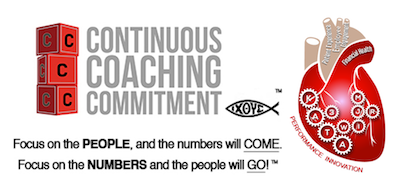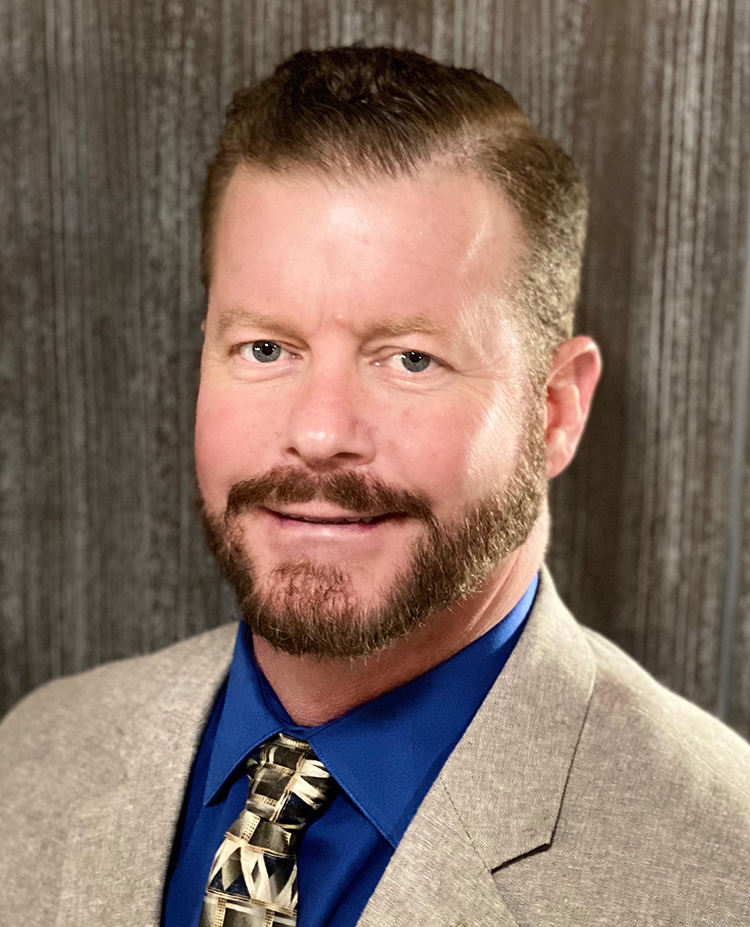The Toyota Kata is a proven way for organizations to reach their goals even when the path to these goals is unclear. By instilling an iterative, incremental approach to work, the strategy teaches us to make our own decisions, learn from past experiences and maneuver even the most challenging situations until we attain our goals.
Embedding the Kata into daily work, however, is not a small challenge. That’s because deploying the approach represents more than just adding something on top of your existing way of work. It means completely changing how you work.
The following four-stage approach has been developed by experts to help organizations get through the deployment process successfully;
Step #1: Understand your desired direction
From the very first step, the organization as a whole needs to understand the direction in which you want to go. What are your end goals?
According to the ethos of the Toyota Kata, this direction should come from the leadership of the organization through a vision statement established by the top management. A good vision is inspiring and potentially attainable.
Once a direction is set, everyone within the organization needs to know that every single day; everything they do must be geared toward the attainment of that vision. They must also be made aware that they will encounter problems in their pursuit of the set goals and that they must treat those challenges as obstacles that can be removed through repeated experimentation.
Step #2: Grasp the current situation
After everyone has understood the desired direction at the organizational and value-stream level, the next step is to iteratively pursue those goals at the process level. This is achieved by first grasping the current condition and then setting a target condition to be achieved by the end of the next iteration.
“Grasping” involves thoroughly analyzing the current patterns to obtain facts and data that are needed to describe the appropriate next target conditions. Put simply; you’ll be trying to find out how the current system works so that you can create a better pattern of operation, i.e., your target condition.
Step #3: Establish a target condition
This stage answers the question: “How do we want this system to work?” It is a description and specification of the operating model you want to use at a future date, as opposed to the patterns currently in use.
The most important thing to remember here is that teams cannot plan how to move to the target condition. In the Toyota Kata, organizations strive to achieve a target condition through repeated experimentation rather than by following a plan.
The target condition should:
- Define the process being addressed
- Set a date by which the team aims to achieve the specified condition
- Describe measurable details of the process
Step #4: Iterate toward the target condition
Now that you know your target conditions, the stage is set for iterative experimentation using the Deming Cycle (plan, do, check, act) until you achieve those conditions. To reach the target sooner, experiments should be frequent, with the team aiming to complete the Deming cycle in the shortest time possible.
As you continuously repeat the cycles, take time to reflect on the last step so you can find improvements. This can be achieved by asking yourselves questions such as:
- What did we expect?
- What happened in reality?
- What did we learn?
Want to Learn More?
Continuous Coaching Commitment, LLC is a leader in the deployment of the Toyota Kata in the healthcare, manufacturing and service industries both locally and globally. Contact us today to speak with one of our experts.








No comments yet.